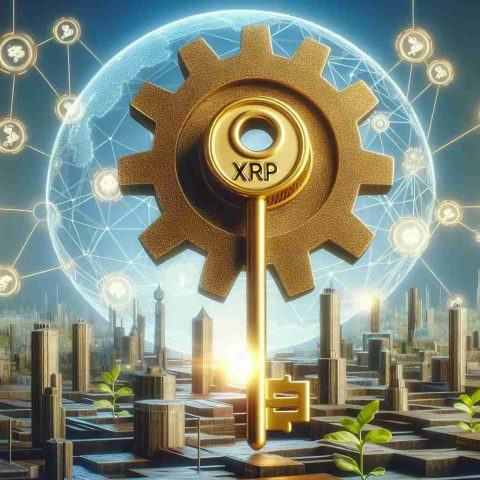As the crypto market continues its unpredictable journey, enthusiasts are eagerly eyeing opportunities to mine new cryptocurrencies without significant upfront investment. Enter Pi Network, a digital currency project that has garnered considerable attention due to its promise of allowing users to mine cryptocurrency from their smartphones.
Pi Network was developed by a team of Stanford graduates who aimed to make cryptocurrency access more democratic. Since its inception, Pi Network has allowed anyone with a smartphone to mine its currency, called Pi, without using extensive computational power, as required by established coins like Bitcoin. By leveraging the combined power of a distributed mobile user base, Pi Network utilizes a different consensus algorithm known as Stellar Consensus Protocol (SCP), which is designed to work efficiently and at lower energy levels.
As the project approaches a new phase in 2024, Pi Network remains intriguing for newcomers and experienced miners. One reason is that Pi coins are currently mined without monetary investment, providing a low-risk entry into the world of digital currencies. However, it’s important to note that Pi Network is still in its development stages, and the coins mined currently cannot be traded on major cryptocurrency exchanges, as the network is still in its testing phase.
While the potential of Pi Network and its value proposition excite many, participants are encouraged to engage with the project cautiously and stay informed about its progress towards full decentralization and mainnet launch, anticipated in the foreseeable future. As with any investment or new technology, understanding its nuances will enable users to benefit responsibly and ethically from its growth.
Is Pi Network the Future of Cryptocurrency Mining?
As the Pi Network garners attention for its innovative approach to cryptocurrency mining, there are certain lesser-known aspects that could significantly impact individuals and communities globally. Unlike traditional cryptocurrency mining, which often involves significant power consumption and environmental concerns, Pi Network’s model is more sustainable. The use of the Stellar Consensus Protocol (SCP) allows for energy-efficient mining, which can be especially beneficial for communities with limited access to electricity or those aiming for greener solutions.
But what are the unforeseen implications of such an accessible form of mining? With the democratisation of cryptocurrency production, Pi Network could potentially widen financial inclusivity. Communities in economically disadvantaged regions may find a new avenue for financial engagement and independence, fostering digital literacy and economic growth.
However, this potential democratization also raises questions. Could an influx of new unregulated digital currenices pose risks for financial stability? The absence of widespread exchange availability for Pi coins presents both an advantage and a disadvantage: while it’s a low-risk entry for users, its lack of exchangeability means that there is currently no real monetary value, leaving room for speculation about its future worth.
Another significant advantage is the ease of mining without high-end hardware, setting it apart from Bitcoin and other established currencies. Yet, the network’s primary challenge lies in transitioning from its development phase to full decentralization, ensuring security, scalability, and usability.
For those eager to explore this field further, staying informed about Pi Network’s progress and adopting a cautious approach is essential. For more information, visit the project’s documentation or explore related articles on Coindesk.
In conclusion, Pi Network promises an exciting shift towards more accessible and sustainable cryptocurrency mining. Whether this innovation results in widespread financial upliftment or unforeseen economic challenges remains to be seen.



















